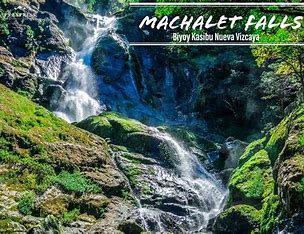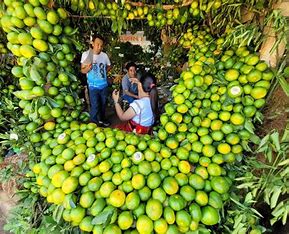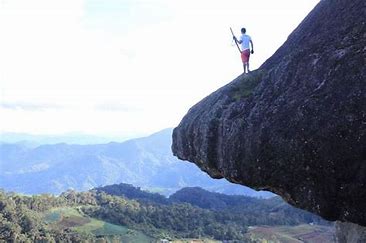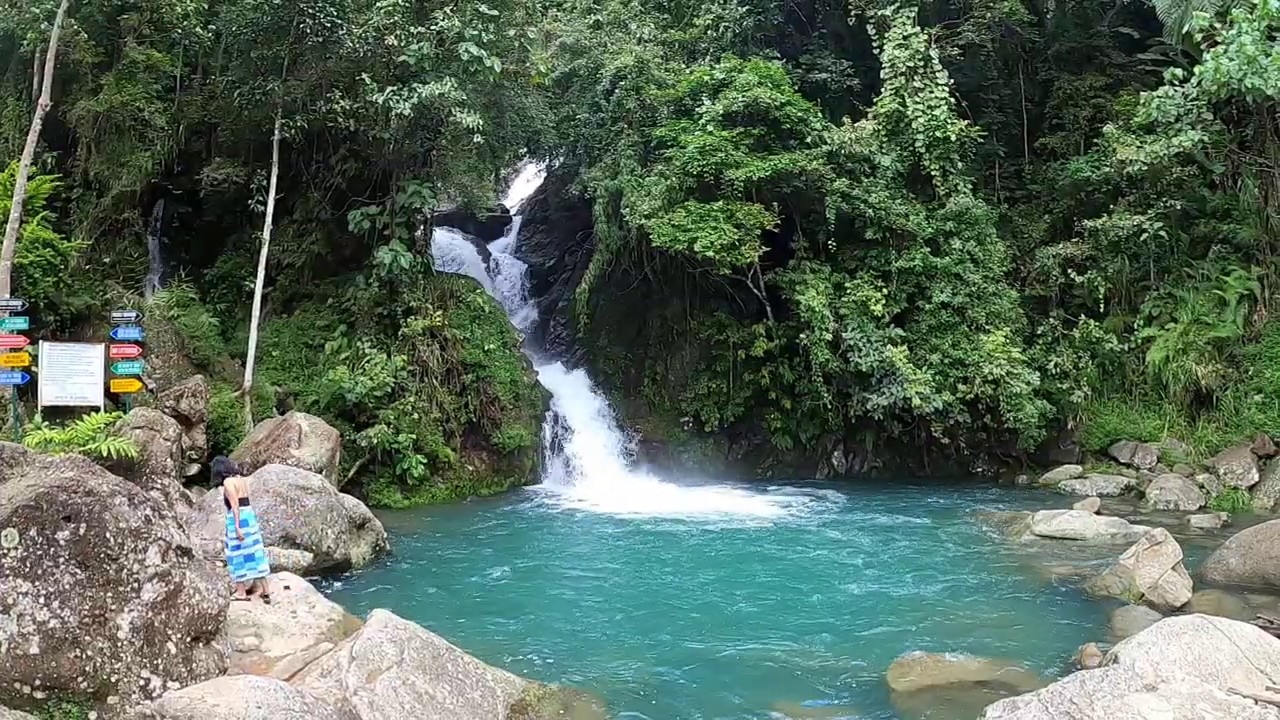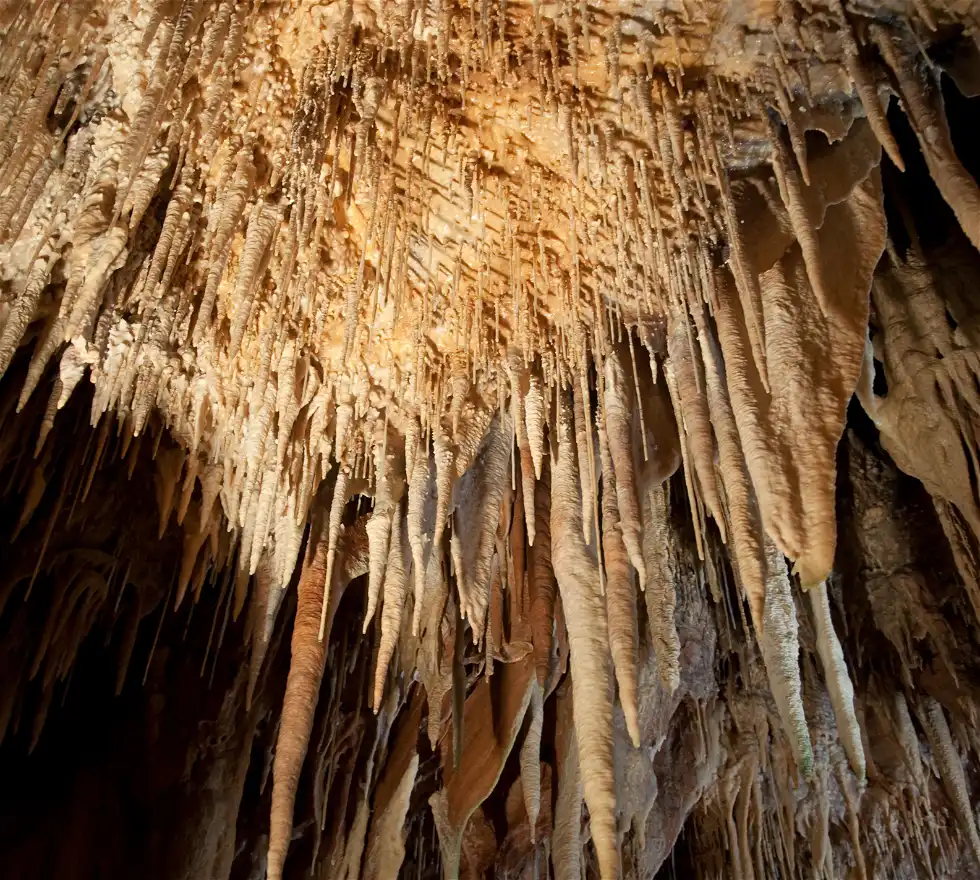About Kasibu
Kasibu, located in the province of Nueva Vizcaya, Philippines, is home to the Capisaan Cave System, which is a significant natural wonder in the region. The Capisaan Cave System is known for being the fifth longest cave system in the Philippines, stretching over 4.2 kilometers1. It consists of eight interconnected caves, including Alayan 1 and 2, Gaia/Malukbo 1 and 2, Lion, Sang-at Salug, Heaven, and Sabrina1. The caves are nestled in the Malabing Valley and are a geologist’s paradise due to their rare calcite formations and unique stalagmite and stalactite formations1. A subterranean river runs through the cave system, serving as a passageway to its most remarkable parts1. While the entire system is made up of several caves, the stretch from Alayan to Lion Cave is the most accessible and commonly used tourist route1. If you’re interested in exploring the Capisaan Caves, it’s important to note that there will be a pre-caving orientation by the municipal tourism office, which will discuss the different possible routes for exploring the cave system2. The adventure through the caves can include wading through chest-deep cold water, making it an exciting experience for those with a reasonable amount of fitness and no claustrophobia1. For an essay on Kasibu, you might want to focus on the cultural, geological, and ecological significance of the Capisaan Cave System. You could explore how it contributes to local tourism, its role in the biodiversity of the region, and the efforts made to preserve this natural heritage. Additionally, discussing the experiences of visitors and the local community’s relationship with the caves could provide a comprehensive view of Kasibu’s treasured landmark.

